Frederica Freyberg:
“We can use the past as a yardstick to understand the future, which is so different from anything we have experienced in our lifetime.” So says one of the authors of a new study on climate change from UW-Madison. In tonight’s look ahead, what this study tells us about how fast the earth is warming and how it compares to conditions dating back tens of millions of years ago. Lead author Kevin Burke, a Ph.D. candidate at the UW-Madison Nelson Institute for Environmental Studies joins us now with more. Kevin, thanks very much for being here.
Kevin Burke:
Thank you for having me.
Frederica Freyberg:
So what are the results of this study, broadly?
Kevin Burke:
So we recently authored a study that was published looking at projections of future climates and comparing them to simulations of past climates. And in doing so, we found that by the year 2030, if we follow a high- end sort of emissions pathway, we may see climates that resemble those of the mid-Pliocene, a geologic period we’re 3 million years removed from. If we continue warming down centuries into the future, by the year 2150, we may see climates that resemble those of the Eocene, a geologic period we’re 50 million years removed from.
Frederica Freyberg:
And how would the climate change? How much warmer would it get?
Kevin Burke:
So there’s certainly some uncertainty depending on the emissions pathways that we follow, but we looked at a couple different ones that have been major parts of the past IPCC reports. And looking at the high-end scenario, we would see warming that may be upwards on a high end of 4 1/2 to 5 degrees by the end of the century. And our results suggest that by the middle of this century, it may resemble the Pliocene which was a period where it was globally on average about 2 to 4 degrees warmer Celsius than present.
Frederica Freyberg:
What are the implications of such warming trends?
Kevin Burke:
Certainly that it’s happening a lot quicker now than it has in the past. And we’d see changes in patterns of temperature, in broad terms of warming, but there would also be changes in precipitation patterns. Some areas would get warmer, some areas would get wetter, and that would have effects on ecosystems in cities worldwide.
Frederica Freyberg:
What about specific to Wisconsin, did you look at that?
Kevin Burke:
So Wisconsin, we didn’t focus particular attention on that over any other region. Our study was global in nature. But our results suggest that we would certainly see warmer temperatures on average over the course of the entire year. And the climate that we see in the future would likely resemble locations that may be southwest of where we are at present. I know some other work done by researchers at the University of Wisconsin has suggested that future climates over the coming century may resemble locations hundreds of kilometers to the south to southwest of where we are at present.
Frederica Freyberg:
Why did you use geologic past to predict the future in this way?
Kevin Burke:
So this was a really interesting study, and we know that — or its history in the past, even the not-so-distant past has been comparable in temperature or even warmer than present. And with projections of the future being warmer than now, we wanted to see if those past Earth warm periods could offer additional insights into what the future may hold. We looked at some time periods like the last interglacial, which was about 125,000 years before present and then the Pliocene, 3 million years before present, which as I mentioned, was 2 to 4 degrees Celsius warmer. And the early Eocene, a time period about 50 million years into the past where globally, it may have been as much as 13 degrees Celsius warmer than present.
Frederica Freyberg:
And this is happening very fast compared to geologic history?
Kevin Burke:
That’s right. If you look back over the course of climate, in our paper we show a graphic that looks at basically temperature over the course of the past 65 million years or so, and we see that in general terms, we followed a pattern of cooling. And our projections for the future suggest warming at a very rapid rate. So the warming trends of the future would be over the course of the coming centuries, whereas these cooling trends that the planet has followed in the past have happened over the course of tens of millions of years.
Frederica Freyberg:
Can this warming trend be reversed?
Kevin Burke:
It can certainly be slowed down and to the point, it could be reversed, but a lot of that would depend on our actions for the future. So we looked at a couple different scenarios for future emissions pathways, and it’s possible to follow one and adhere to more of a climate stabilization scenario, where we would only find a future that was similar to that of the Pliocene, but if we do not take action, we do not slow things down, we may see some of those more temporally-distant much warmer climates.
Frederica Freyberg:
Thank you for your work, Congratulations, Kevin Burke.
Kevin Burke:
Thank you. Glad to be here.
Frederica Freyberg:
For more reporting on climate change, go to our partner’s page at WisContext.org.
Search Episodes
News Stories from PBS Wisconsin

Donate to sign up. Activate and sign in to Passport. It's that easy to help PBS Wisconsin serve your community through media that educates, inspires, and entertains.
Make your membership gift today
Only for new users: Activate Passport using your code or email address
Already a member?
Look up my account
Need some help? Go to FAQ or visit PBS Passport Help
Need help accessing PBS Wisconsin anywhere?

Online Access | Platform & Device Access | Cable or Satellite Access | Over-The-Air Access
Visit Access Guide
Need help accessing PBS Wisconsin anywhere?

Visit Our
Live TV Access Guide
Online AccessPlatform & Device Access
Cable or Satellite Access
Over-The-Air Access
Visit Access Guide
 Passport
Passport


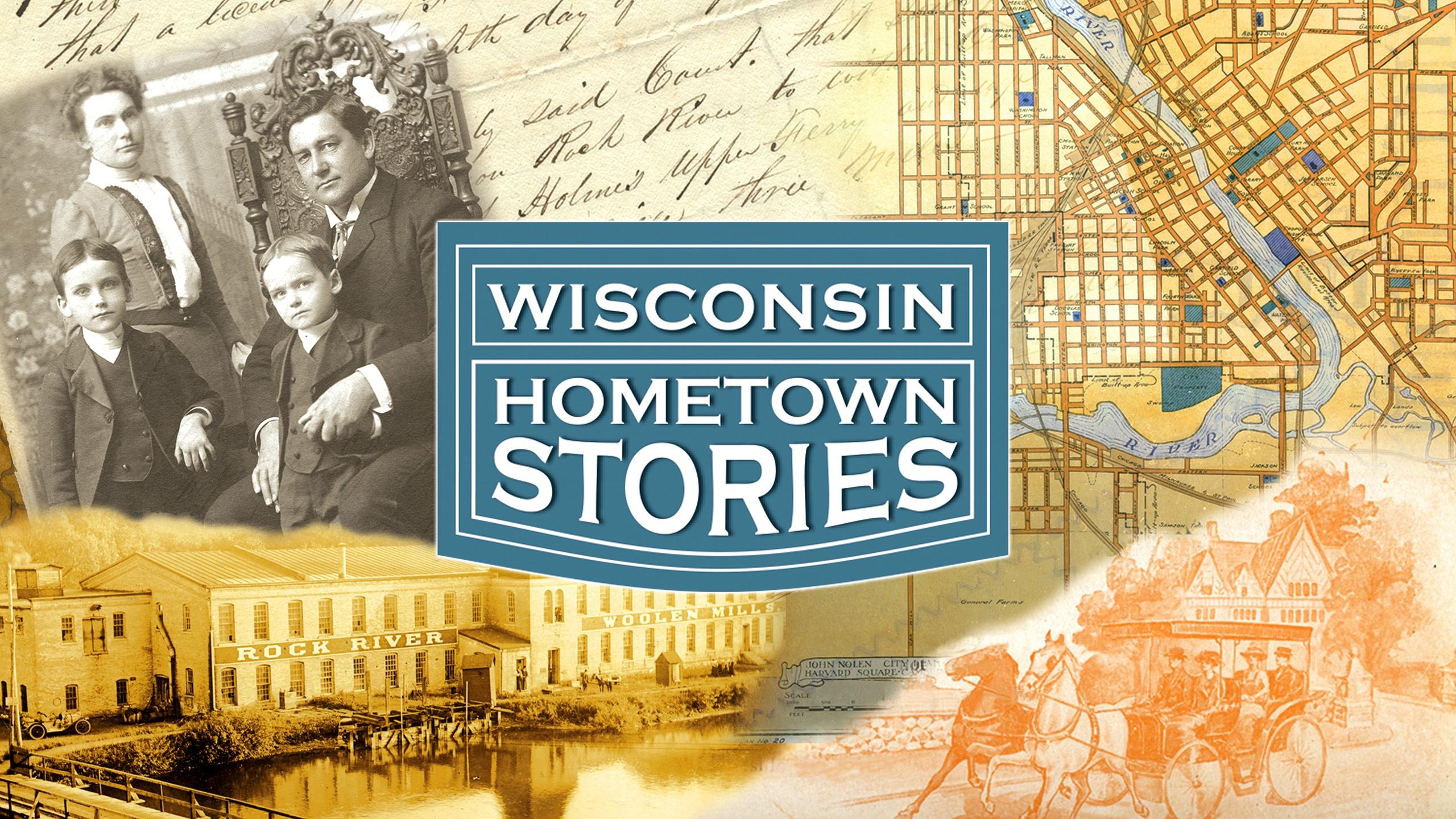


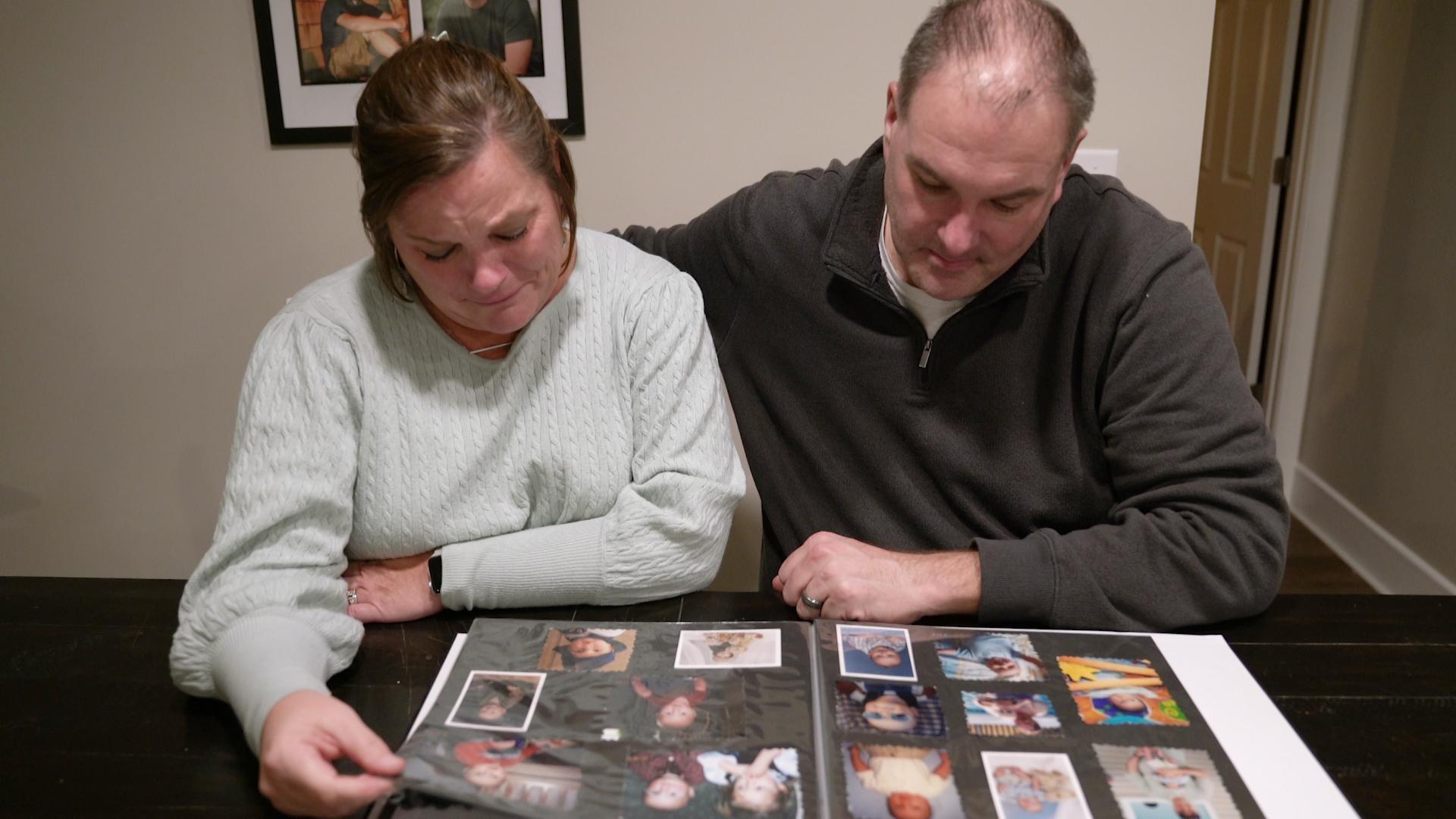
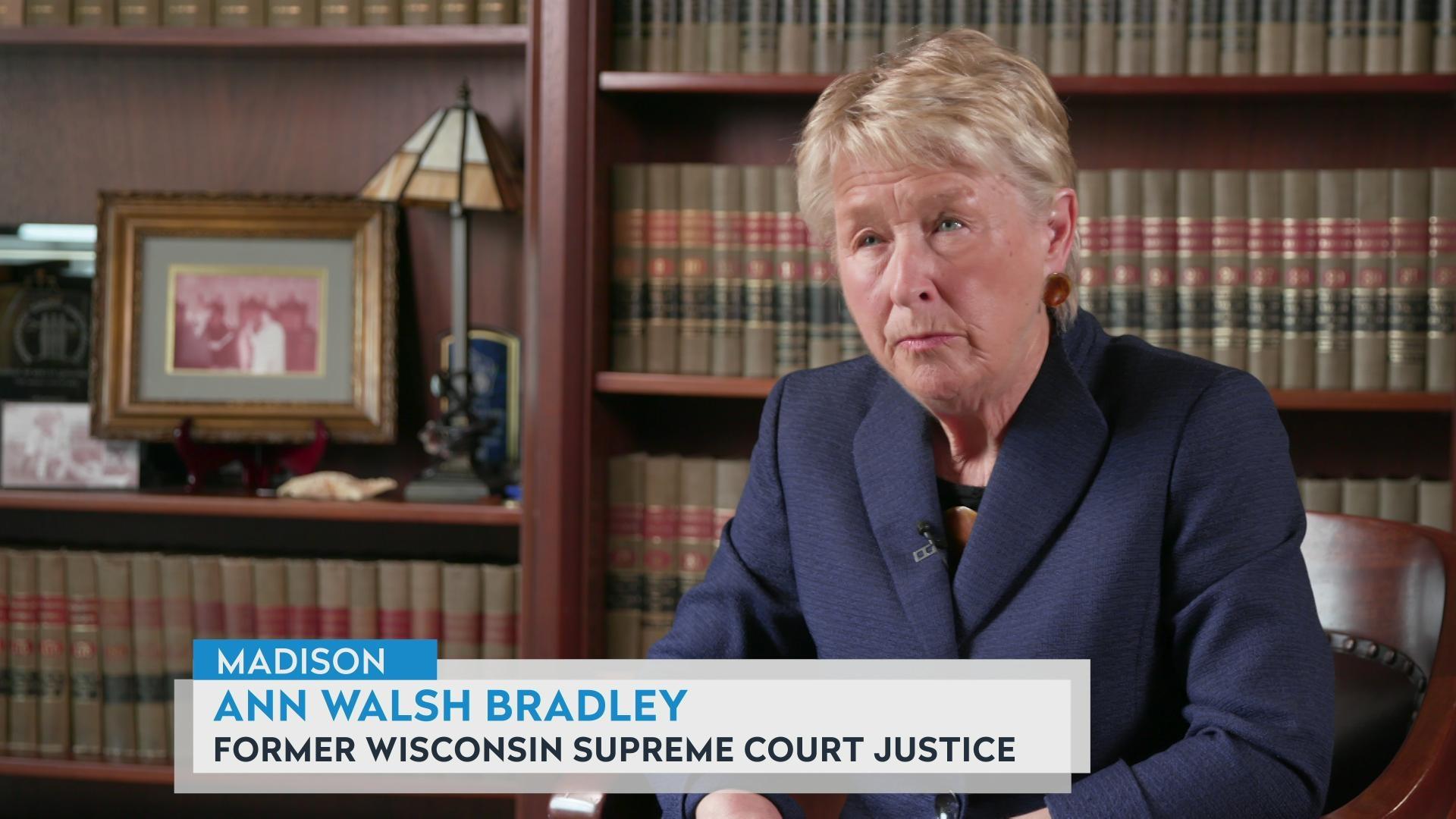
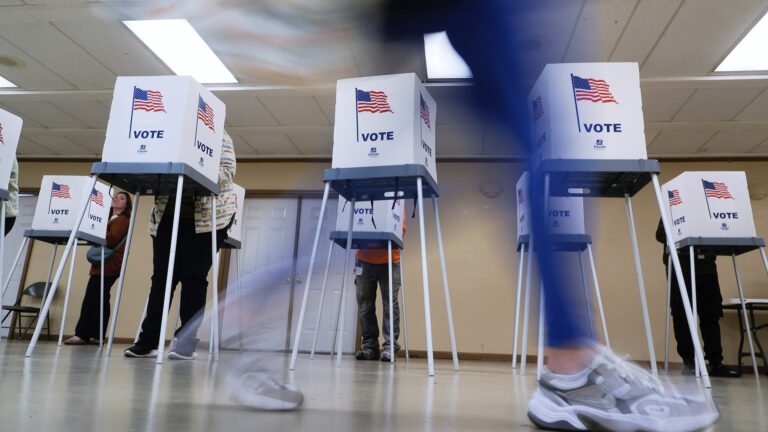

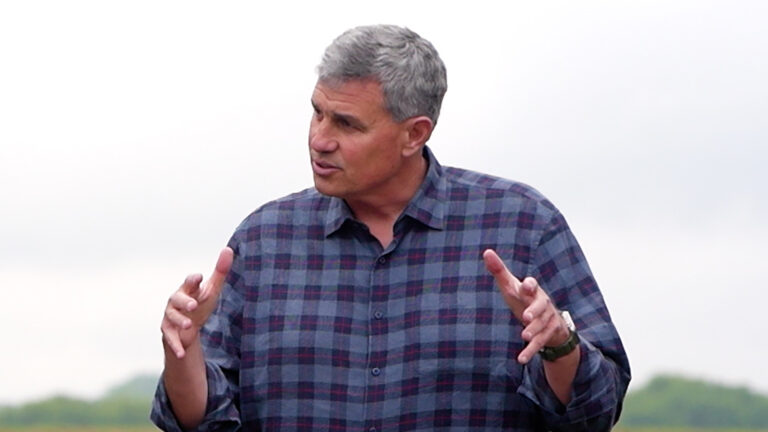
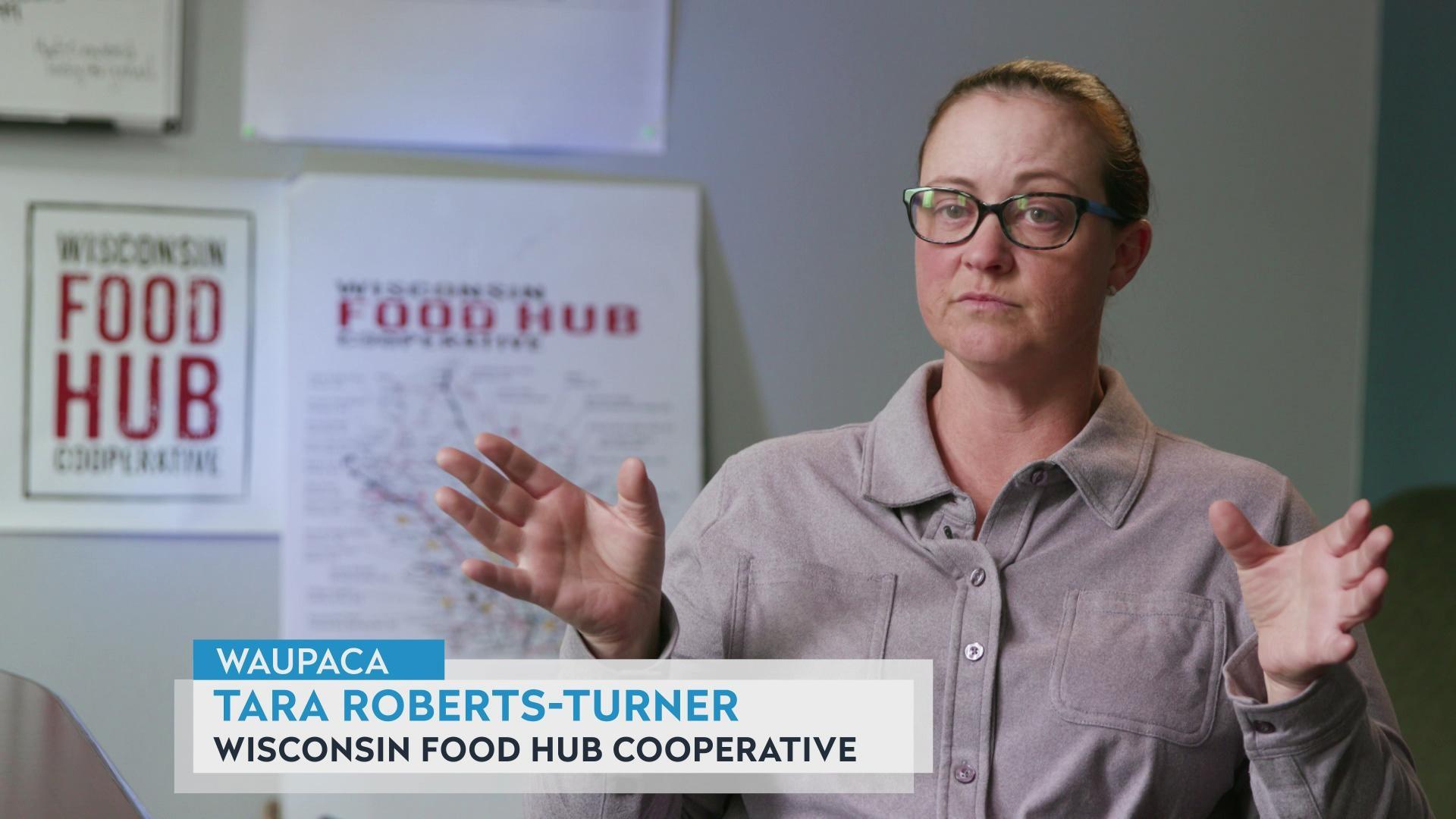
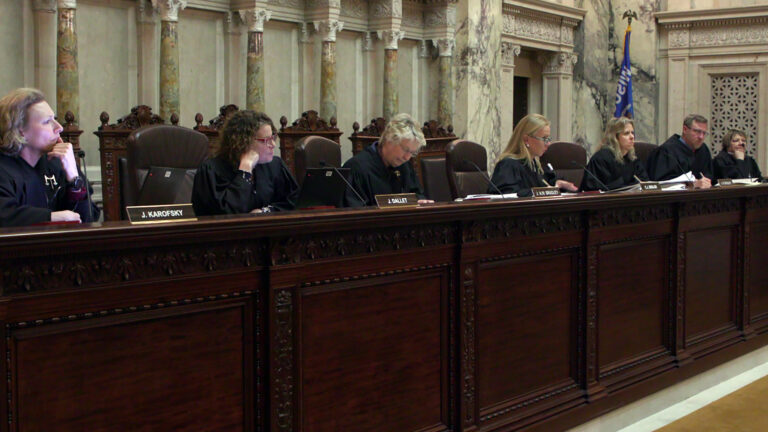
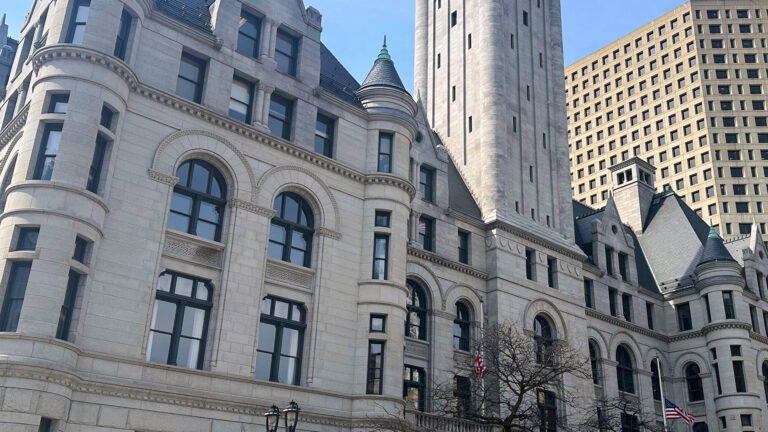
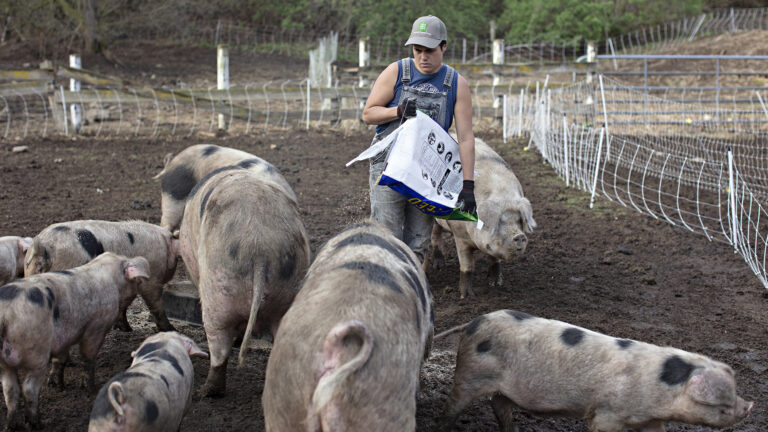
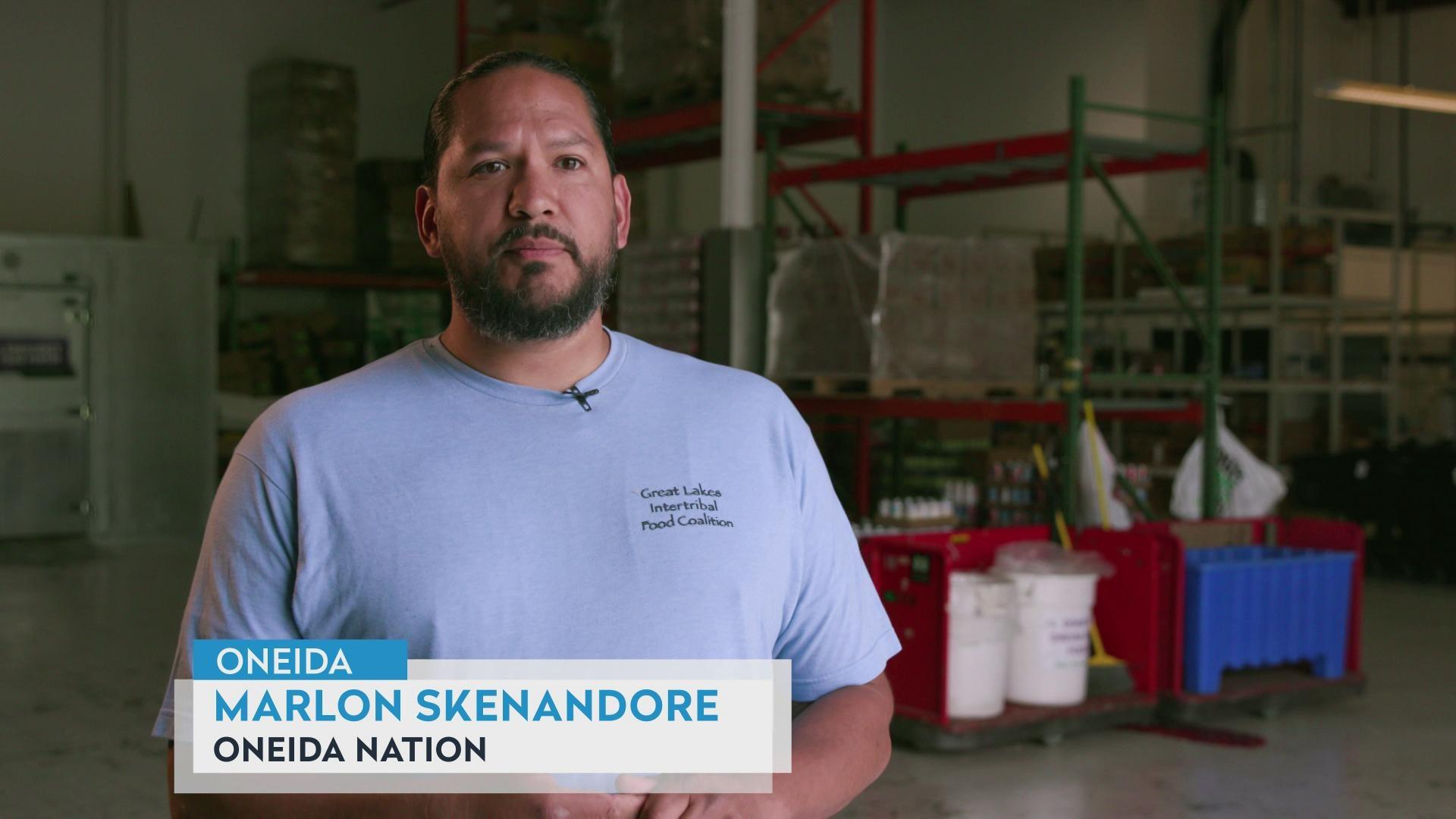
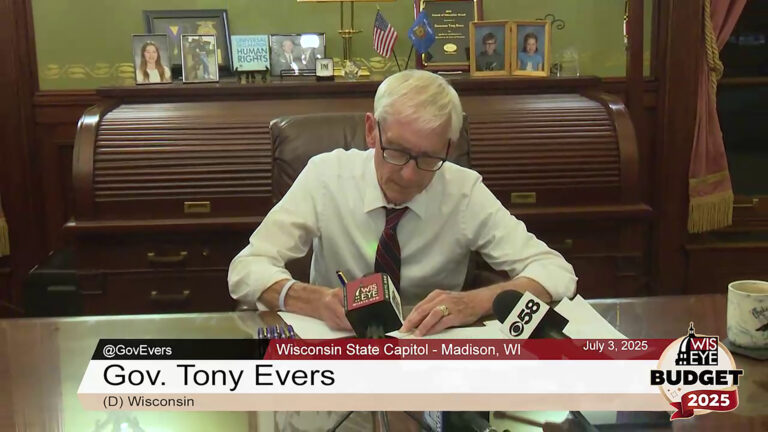
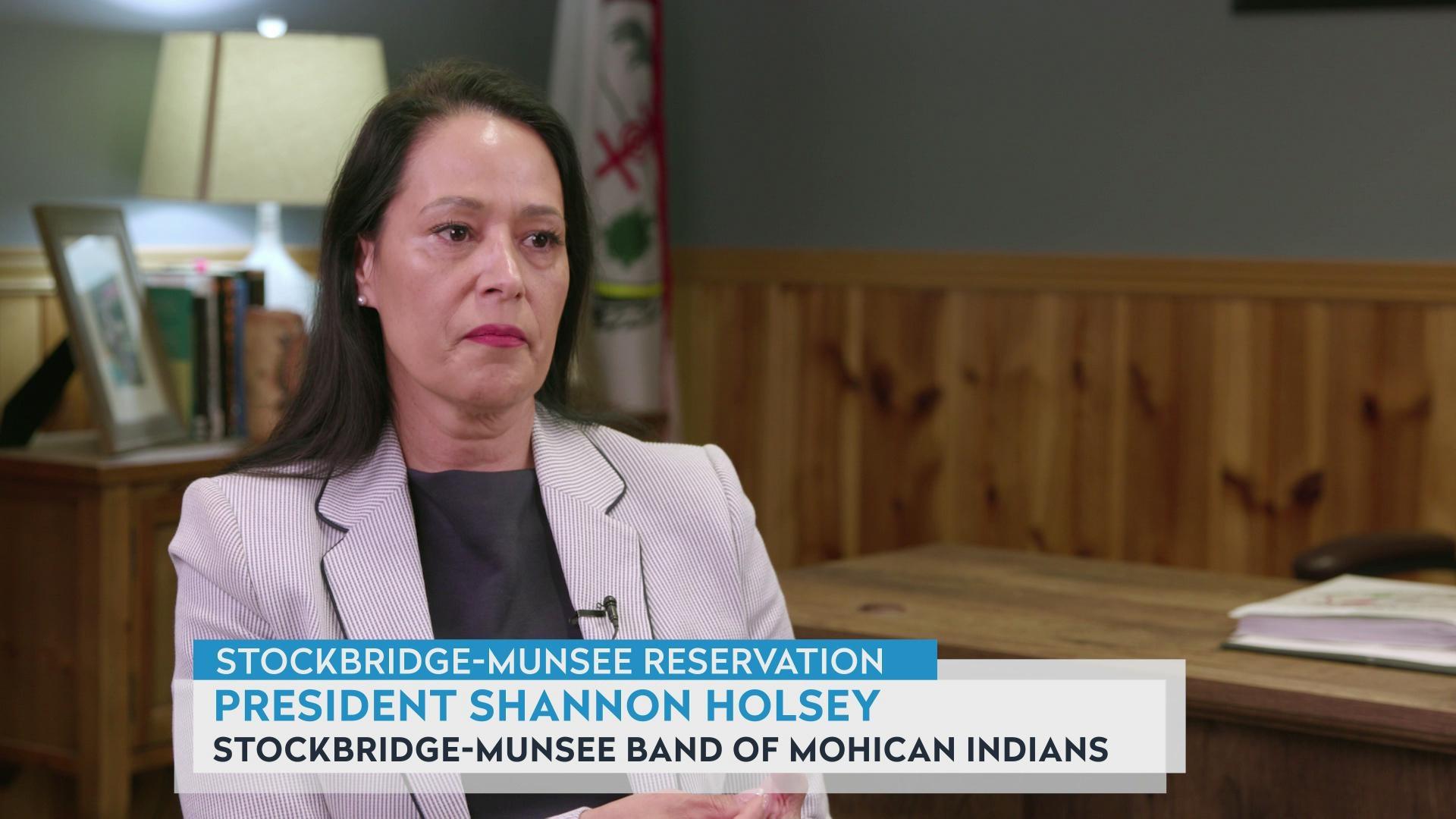

Follow Us